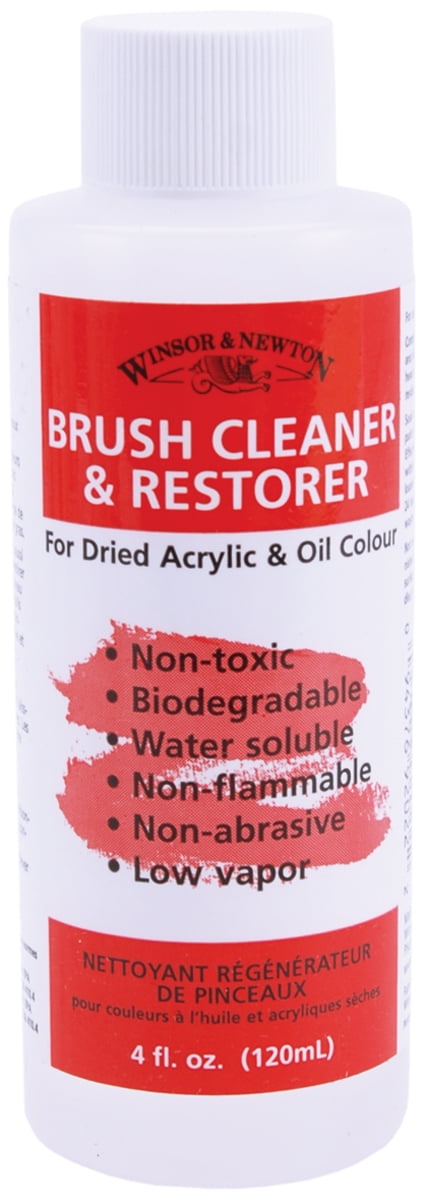

My final verdict is if you do not have any trouble with turps and mineral spirits, you might find that OMS mixed with galkyd or liquin will work better for you. It has been an absolute pleasure to work with so far and has gotten me excited about oil painting again. I’M LOOKING AT YOU GAMBLIN LABEL DEPARTMENT. This is why the bottles now have hastily scrawled titles to keep them separate. This confusion led to studio mishaps, where Annie and I accidentally used the wrong one and couldn’t figure out why our paintings hadn’t dried in a week. This is good news as it means that even if you forget to clean your brushes the night before you will have no trouble getting them clean the next day.Ī second note: Gamblin’s Safflower and their Solvent-Free Fluid look the same. This amazed me since I had not sealed it in any way and planned on throwing it out the next day (which is what I would have been forced to do with other alkyd mediums). The tiny cap in the picture above stayed open and usable for several days, even while the thin layers on the canvas dried overnight. If you need to get your brushes clean for longer storage, a simple bathroom cleaning glove and a bar of soap and water will suffice to get your brushes perfectly clean.Ī note on cleaning: The medium itself will stay open on your palette for several days. You definitely don’t need any turps or solvents to clean with this medium. Gamblin recommended using Safflower oil for cleaning brushes so I decided to try that and was really pleased with the results. Graham’s Walnut Alkyd Medium but with far more workability. I would compare it to the drying speed of M. While this was generally slower than OMS mixed with galkyd, liquin or a cobalt dryer, it was still much faster than other traditional mediums. Yes! I found that thin layers were dry in about 24 hours. Is the drying time noticeably better than traditional mediums? Because of this Gamblin recommends never mixing more than 25% Solvent-Free Fluid with your paints. With Gamblin Solvent-Free Fluid you will have slightly more build-up since the medium does not evaporate and remains in the paint. The main difference that I can see is that OMS evaporates as it dries, so your layer is extremely thin and there is very little build up. I did however, find that it was close enough for my purposes.) How is it different from working with actual solvents?Ĭompared to odorless mineral spirits it is still highly fluid, though not quite as fluid as OMS. In general, I found that it allowed for a broader range of brushwork techniques than other mediums. I found that if I need to carve out an area that I had already painted, (to sharpen the edges of a glaze for instance) that it allowed me to do this far more easily than other traditional mediums. Compared to these mediums, this medium is incredibly fluid and much more workable. It is much easier for me to get quick coverage of an area, and then simply not add any fluid if I want to slow down and paint an area with more control. Previously I had been using mediums based on either sun-thickened linseed oil or M. How is Gamblin’s Solvent-Free-Method more similar to solvents than other mediums? So for painters who are interested in painting indirectly using several layers, it can be problematic. Safflower oil is wonderfully fluid and a pleasure to work with, but has the drawback of taking forever to dry. The folks at Gamblin recently created this medium by adding an soy-based alkyd drying agent to Safflower oil.


 0 kommentar(er)
0 kommentar(er)
